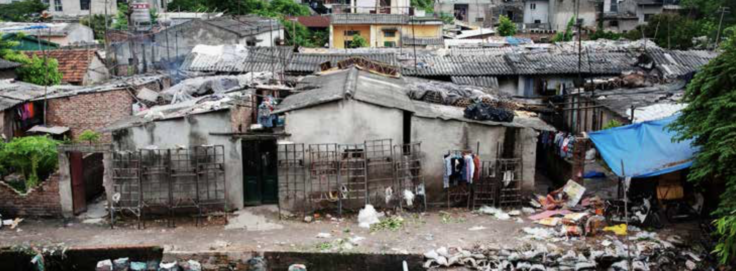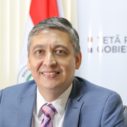
Search
Polishing the poverty lens

South Africa measures poverty using a monetary approach as well as multidimensionally, with the former measure being the official poverty measure.It has been my experience that you can either present complex phenomena such as poverty elegantly with a single composite index or awkwardly with a multiplicity of indices. It is a challenging task to explain the latter to busy policymakers and politicians with the short attention spans of speed-master tweeters. These two positions of simplicity versus complexity are a matter of deep intellectual discourse that spans decades if not centuries.
World Bank economist Gabriel Demombynes in 2010 concluded that ‘still, my very practical worry is that the new push for multidimensional poverty indices will soak up much of the oxygen around poverty work’. In similar spirit and around the same time Professor Charles Meth made a similar critique of the Alkire-Foster method of measuring poverty multidimensionally. This group of intellectuals shared the same concerns as Martin Ravallion who advocated measuring the indices of poverty separately instead of lumping them together. These luminaries did not disagree with the fact that poverty is multidimensional. But, they asked, on what basis are the weights assigned? Is this not a question of adding pears and oranges? In the compilation of the consumer price index, for instance, each product that qualifies to be in the basket is based on its price and the quantity of its consumption and the weights are straightforward.
The response by Sabina Alkire (an eminent student of Amartya Sen, the Nobel Laureate and developer of the capability approach) to the critics of her composite indices of multidimensional poverty was ‘the added value of the MPI is that it captures the over- lap between its various components. But if a quarter of the children in a country are malnourished and a quarter lack access to clean water, to what extent are we talking about the same children? In practice, the correlation between such measures is likely to be high, and the best way to examine the overlap would be to consider it directly, e.g. tabulating child malnourishment versus access to clean water’.
As the debates raged on, I mounted an empirical study of whether there is correspondence between the monetary measures and multidimensional indices in South Africa.The results came pretty close although it was not clear whether these were the same households or the same people in households. The arguments by Alkire were quite convincing.
The Alkire-Foster method of generating composite indices of multidimensional poverty has been peer-reviewed, has been proven scientifically to hold, and has stood the test of time. This March, on the margins of the 51st United Nations Statistics Commission in New York, the Statistician-General of South Africa Risenga Maluleke chaired a side event of the Multidimensional Poverty Peer Network (MPPN), which consists of up to 60 countries, and shared how multidimensional poverty as an approach to development works.
Their Royal Highnesses The Prince of Wales and The Duchess of Cornwall presented Dr Sabina Alkire, the Director of OPHI, with an award acknowledging OPHI’s contribution to poverty measurement.
In Colombia, the statistics office through the use of the national ID number of individuals has advanced the method to the level of small area disaggregation enabling policy to target the poor. In instances such as Libya, the method is now applied to include security as a measure of poverty. My presentation at the side event described the possible applications of the MPI in Africa with respect to the Africa Peer Review Mechanism (APRM). Specifically, the APRM, which now encompasses 42 countries, could use the MPI to measure the following: a high standard of living, quality of life, and well-being for all citizens; healthy and well-nourished citizens; modern agriculture for increased productivity and production; and security from violence. The advent of COVID-19 has brought to the fore the question of resilience – a core feature of the multidimensional measurement approach to poverty which is distinctly absent in monetary measures.
OPHI
In November 2019, the University of Oxford was among 22 UK educational institutions announced as winners of Queen’s Anniversary Prizes for research carried out by the Oxford Poverty and Human Development Initiative (OPHI). On February 20, 2020, Their Royal Highnesses The Prince of Wales and The Duchess of Cornwall presented Dr Sabina Alkire, the Director of OPHI, with an award acknowledging OPHI’s contribution to poverty measurement. This journey of praxis is bearing fruit to many policymakers.
Recently OPHI spawned sOPHIa, a multidimensional poverty lens that businesses can use to understand poverty in their own institutions, and in 2019 I had the privilege of addressing the Johannesburg Stock Exchange on this new frontier of research. This approach can inform the deepening of social cohesion more meaningfully and address the scourge of poverty by constructing more resilient societies.
I wish to congratulate Dr Alkire and the Oxford team for their recognition and their cutting-edge methodologies and praxis on poverty. Through their persistent work, they have made the complexities of poverty clearer and easier to communicate to those policymakers and other actors attempting to end poverty in all its forms.
This article was published in Dimensions 9
















